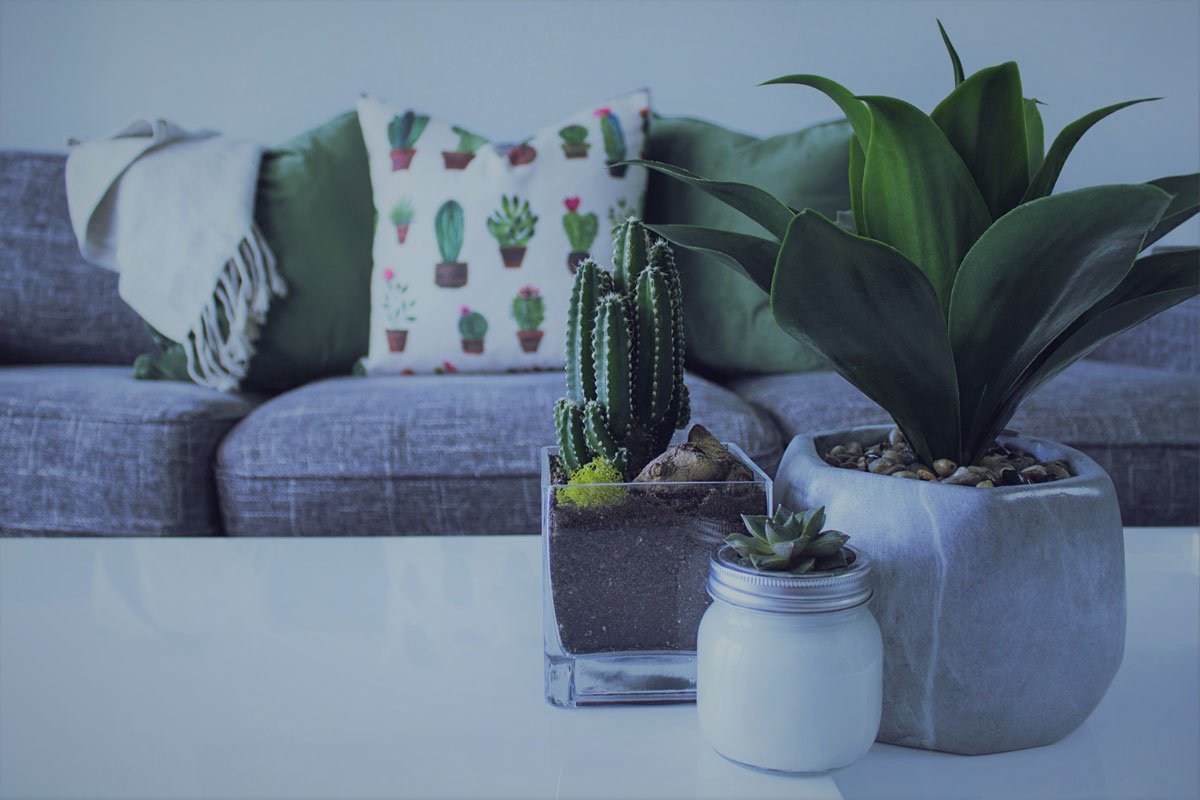How to Improve Indoor Air Quality

Did you know that air pollution is one of the largest environmental health threats in the world? According to WHO, it accounts for more than 7 million deaths each year.
Furthermore, household air pollution can cause acute respiratory infections such as bronchitis and pneumonia. Not only that, but it can lead to lung cancer, heart disease, and other serious conditions.
According to the Environmental Protection Agency, we spend about 90% of our time indoors. That’s why it’s important to purify the air in your home. The last thing that you want is to be breathing in indoor contaminants without knowing it.
It’s time to learn the secrets to improving indoor air quality so keep reading!
5 Ways How to Improve Indoor Air Quality
There are various steps that you can take to improve air quality in your home without having to hire a professional. Here are a few things to consider.
1. Clean Your Floors Regularly
Clean your floors at least once a week, the more often, the better. Why? Allergens such as dust and pollen can easily accumulate on the surface, especially if you have carpets.
For best results, use a vacuum cleaner with a HEPA filter. It will trap particles so that they don’t get released back into the air. To follow up, mop your floors with natural cleaners to wipe away and kill any leftover viruses, bacteria, or fungal spores.
2. Keep an Eye on Humidity
Certain indoor pollutants, such as mold and mildew, thrive in moist environments. That’s one of the reasons why they’re so frequently found in bathrooms.
To prevent mold and mildew in your home, you should keep an eye on humidity levels. Ideally, you want your relative humidity (RH) to be between 35 and 45 percent.
If you discover high humidity levels anywhere in your home, use a dehumidifier to remove the excess moisture.
3. Avoid Artificial Fragrances, Air Fresheners, and Candles
Anything that emits an odor is actually releasing volatile organic compounds (VOCs) into your air. Some odours are simply more pleasant than others. However, it’s important not to sacrifice our health for synthetic fragrances such as those used in laundry detergents, candles, and air fresheners. All of these pleasant odours actually emit harsh chemicals into our air and harm our health over time.
As such, try to avoid artificial fragrances and perfumes whenever possible. Opt for fragrance-free cleaning products instead. For example, you can switch to white vinegar and baking soda to clean your home or use pure essential oils to freshen up your indoor space.
4. Use an Air Purifier
Air purifiers are capable of removing airborne contaminants such as dust, pollen, and pet dander. How do they work? They pull the air through a series of filters that trap particles of various sizes.
As with vacuum cleaners, you should get one with a HEPA filter. They’re capable of removing up to 99% of all indoor air pollutants. Keep in mind, however, that they need to be replaced regularly.
5. Stock Up on Houseplants
Various houseplants can help purify our air. That is, they can absorb toxins, which can otherwise harm our health.
Some examples of beneficial indoor plants include spider plants, dracaenas, devil’s ivy, and chrysanthemums. The best part is that they’re all relatively easy to take care of.
However, while some plants are helpful at improving IAQ, others can actually harm it. So make sure to do your research before bringing a plant into your home. This includes taking note of any allergies that you or your family have.
Improving Air Quality, Improving Health
And there we have it, five tips on how to improve indoor air quality! As you can see, healthy indoor air is in your control. And your body will thank you for it.
If, however, you’re concerned about a bigger air quality issue in your home, you should contact an indoor environmental professional to help you properly diagnose the problem.
We have been serving Ottawa and the area since 2005! Contact us today to book your consultation with a certified indoor environmental professional.
References:
- World Health Organization n.d., Air Pollution, WHO, accessed 11 March 2020, http://www9.who.int/airpollution/en/
- U.S. Environmental Protection Agency n.d., Indoor Air Quality, EPA, accessed 11 March 2020, https://www.epa.gov/report-environment/indoor-air-quality.
- Mifflin, M, 2019, How to Maintain Proper Humidity Levels in Your Home, The Spruce, accessed 10 March 2020, https://www.thespruce.com/humidifier-control-moisture-1908164.
